There are two qualities that every good nonfiction story – every story that stands out to me, every story that I can’t stop thinking about, that I enjoy rereading again and again – shares, and those qualities are intentionality and subjectivity.
Intentionality is about construction. I want to read stories that are expressed with clarity and ease, stories in which each scene serves a purpose in the narrative and each word perfectly captures the scene the author wants to convey. Intentional writing is simple and unforced. An intentional story has everything it needs to feel complete, nothing excessive, unresolved or unnecessary.
I come from a background in journalism, and the newsroom is where I’ve gotten some of the best writing advice for news articles and for creative nonfiction alike. An editor recently told me: I don’t want obvious details, I want poignant details. Tell me what moved you, what caught your attention: those are the details I want to read. Another editor’s advice: don’t be afraid to declutter a story. Cut scenes or details that don’t serve a purpose or that don’t ‘spark joy’, in the parlance of Marie Kondo.
The second quality, subjectivity, is about content. I don’t just want to know what happened, but how it affected the author. No two people see the same event or person or place the same way, and I want to feel a writer’s unique perspective. I want to know: how was she affected by the events in the story? What relationship does she have with the people and places in the story? Where do they fit in her personal narrative?
Our relationships make us human. We change and define ourselves in relation to them, and we seek connection with and acceptance from them. Our subjectivity makes us human, too. We can never experience what it’s like to be anyone other than ourselves, but stories allow us to imagine and to empathize. That’s what I want out of a good story: not just to know that something happened, but to feel how it affected the person who experienced it.
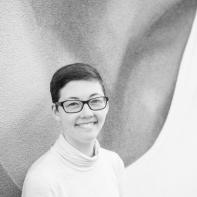
Ellen O’Brien is the nonfiction editor for Issue 23. She’s a senior at Arizona State University pursuing a double major in journalism and philosophy with a minor in Arabic. She’s passionate about photography, literature, foreign policy and epistemology. After graduation, she plans to pursue a job in photojournalism or news editing and to attend law school.

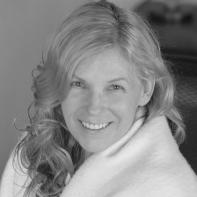 Authors Talk: DJ Lee
Authors Talk: DJ Lee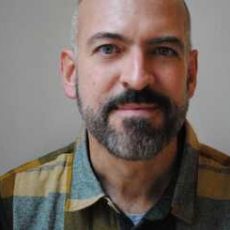 Today we are happy to share news about past contributor Paul Lisicky. Paul will be presenting his forthcoming novel LATER at the Tin House Writer Workshop in Oregon this March, the novel will be published a year from then (March 2020) by Greywolf Press. His sixth book, LATER recounts Paul’s life in the early 90s during the AIDS epidemic as he explored the artistic and real world.
Today we are happy to share news about past contributor Paul Lisicky. Paul will be presenting his forthcoming novel LATER at the Tin House Writer Workshop in Oregon this March, the novel will be published a year from then (March 2020) by Greywolf Press. His sixth book, LATER recounts Paul’s life in the early 90s during the AIDS epidemic as he explored the artistic and real world.
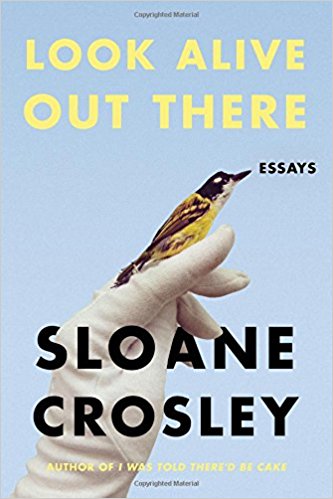 Today we are happy to share news of past contributor Sloane Crosley. Sloane’s collection of essays, Look Alive Out There, has been recently named one of “
Today we are happy to share news of past contributor Sloane Crosley. Sloane’s collection of essays, Look Alive Out There, has been recently named one of “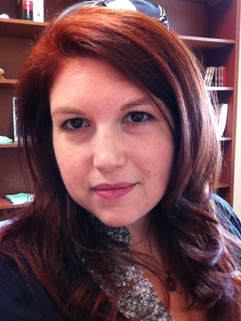 Today we are thrilled to share news of past contributor Katie Cortese. Katie’s essay, “Four Pink Plus Signs,” has been included in the November 2018 issue of Gravel. You can read Katie’s essay in their website
Today we are thrilled to share news of past contributor Katie Cortese. Katie’s essay, “Four Pink Plus Signs,” has been included in the November 2018 issue of Gravel. You can read Katie’s essay in their website 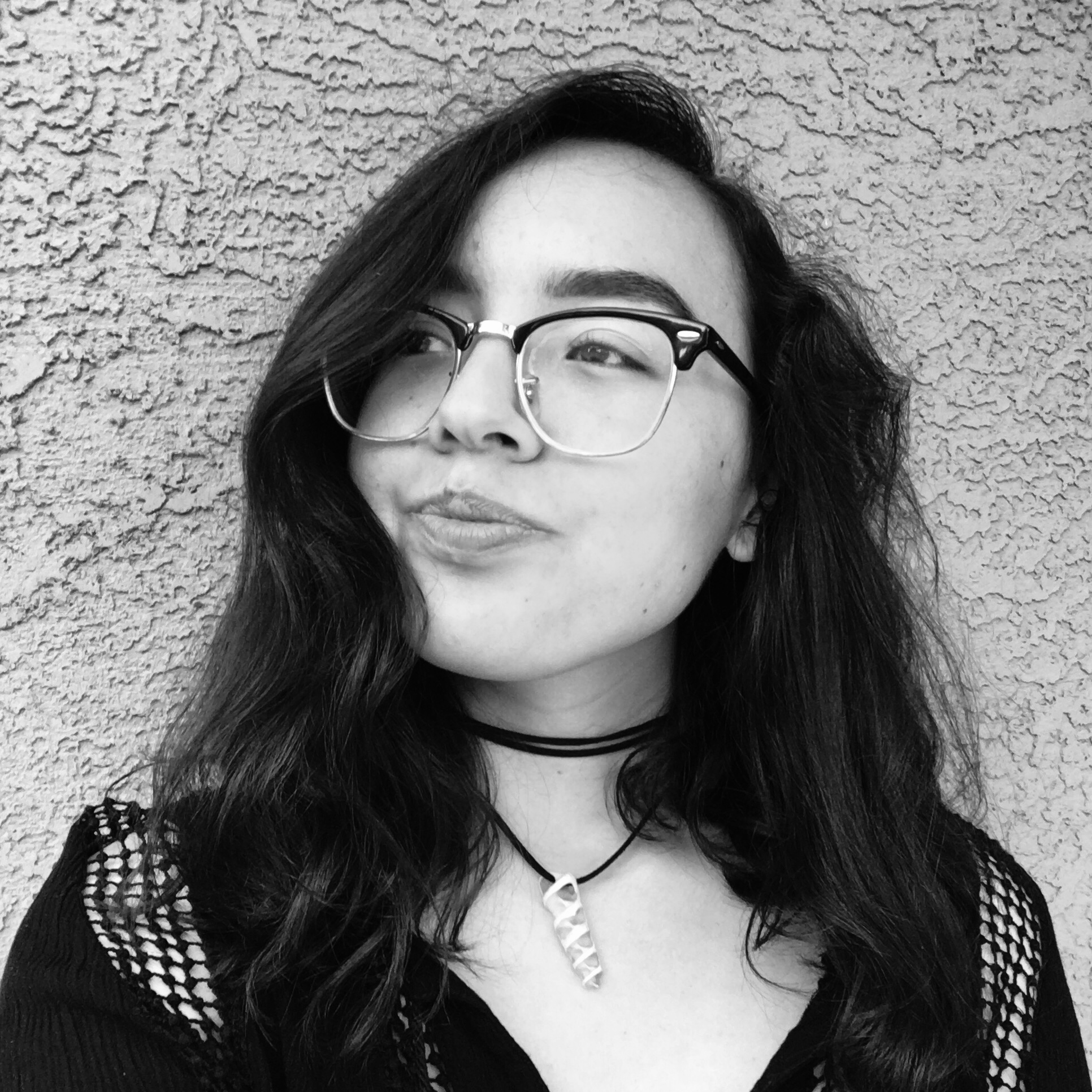
 Today we are pleased to feature author Bryn Gribben as our Authors Talk series contributor. The topic of Bryn’s podcast is “finding your voice.” She begins by saying that “Everything you do before you find your voice matters,” and, to demonstrate this truth, describes her own journey of discovery as a creative writer and poet.
Today we are pleased to feature author Bryn Gribben as our Authors Talk series contributor. The topic of Bryn’s podcast is “finding your voice.” She begins by saying that “Everything you do before you find your voice matters,” and, to demonstrate this truth, describes her own journey of discovery as a creative writer and poet. Today we are proud to announce news about past contributor James M. Chesbro. James’ collection of essays titled A Lion in the Snow has been released and is available for purchase through Amazon
Today we are proud to announce news about past contributor James M. Chesbro. James’ collection of essays titled A Lion in the Snow has been released and is available for purchase through Amazon  Today we are excited to feature author Jo Scott-Coe as our Authors Talk series contributor.
Today we are excited to feature author Jo Scott-Coe as our Authors Talk series contributor.